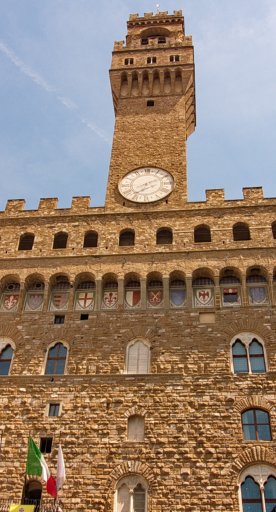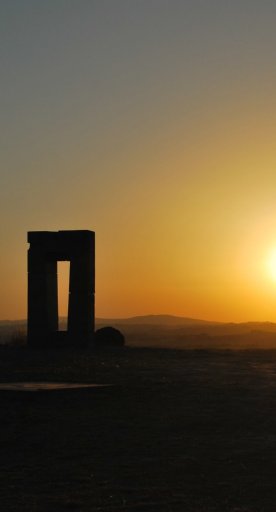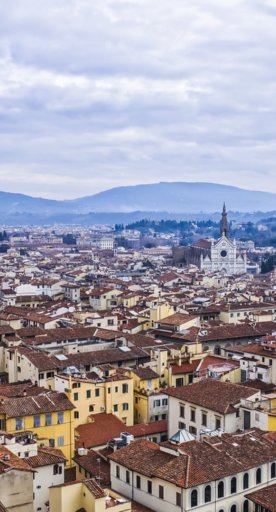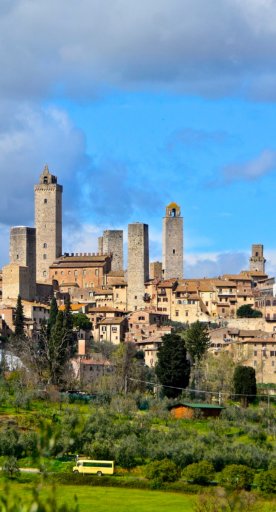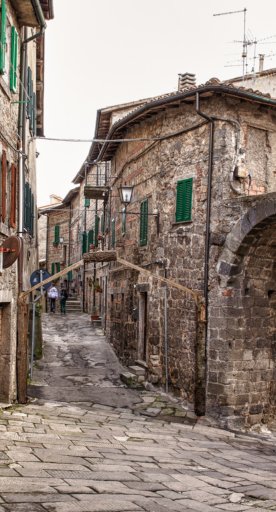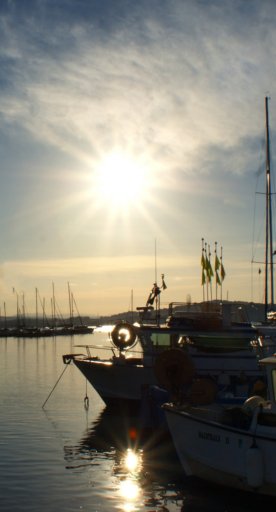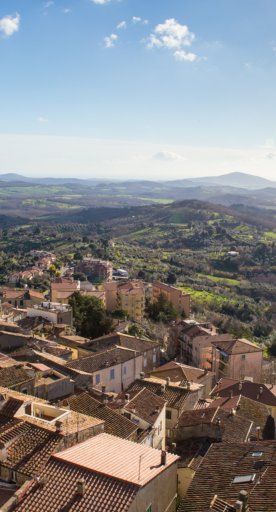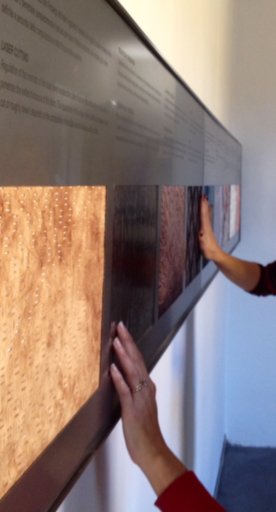

Dante Alighieri: life, curiosities, art and places
Everything you need to know about the great Italian poet and the places in Tuscany connected to his life
Dante Alighieri was born in Florence in 1265, to a family of no great social distinction. He attended a grammar school, where his studies ranged from latin, to theology to philosophy. When he was only eight years old he saw Beatrice Portinari, the woman whom he would immortalise in his greatest work. During his late teens he became involved with the stilnovisti, a group of young poets forging radical new paths in vernacular poetry: Italian was at the time considered an inferior literary medium to Latin.
-
1.Who was Dante Alighieri?
-
2.Dante’s influence on pop culture
-
3.Where to see places connected to Dante in Florence and Tuscany
-
4.The Museo Casa di Dante
-
5.The Baptistery of San Giovanni
-
6.Palazzo Vecchio
-
7.Basilica di Santa Croce
-
8.The Abbey of San Godenzo
-
9.The Casentino area
-
10.Sasso Pisano and Monterotondo
-
11.Monteroni d’Arbia
-
12.Tresana
-
13.Capolona
-
14.Curiosities
Who was Dante Alighieri?
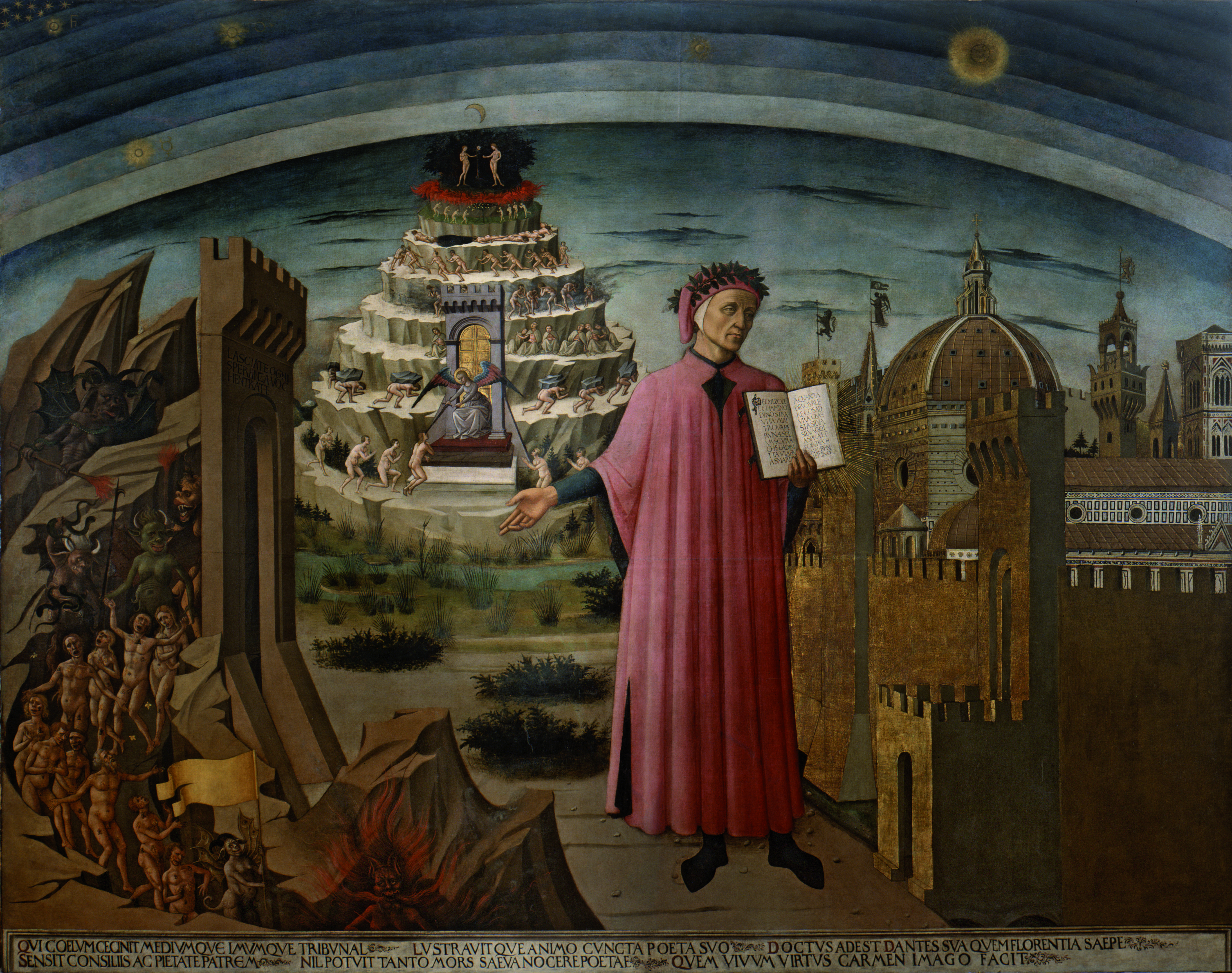
Besides making a name for himself with his early poetry, which was marked by a number of love lyrics that remain famous throughout Italy even today, Dante stepped onto the political ladder, which saw him become one of Florence’s seven priors in the summer of 1300: one of the city’s seven governors, therefore, and one of its most important citizens. But government at that time was a poisoned chalice, as Florence was riven by violence between its two Guelf parties, the ‘Blacks’ and the ‘Whites’. In January 1302, while Dante was serving on a delegation to the Vatican, the Blacks wrested control of the city and Dante, one of the Whites, found himself in exile.
He wandered northern Italy for the rest of his life, composing his 14,233-line poem the Divine Comedy, which tells of his journey through Hell, Purgatory and Heaven. Apart from that, though, it also confirmed vernacular (or "vulgar") Italian as a language valid for high literature. At least one academic wrote to Dante in praise of the Divine Comedy, but argued that it would have been better had it been written in Latin. Dante, who had originally started to compose the poem in Latin before quickly switching to vernacular Italian, maintained that the "language learned at the nurse's breast" was able to reach a greater audience. Latin, he wrote, would be like giving solid food to the mouths of "suckling babes".
He died in Ravenna in 1321.
Dante’s influence on pop culture
For nearly five hundred years, Dante’s work did not, on the whole, enjoy the reach or popularity as that of his fellow poet Petrarch. But Dantemania exploded from the early nineteenth century, especially in countries like Britain and Germany, where the Romantic movement was strongest; and translations and adaptation of his work, especially of the Divine Comedy, have proliferated ever since.
By far Dante’s most pervasive influence on culture and pop culture is his vision of the underworld, which has conditioned us to talk of the nine – or sometimes, inaccurately, the seven – circles of hell and the tailor-made punishments within them. In the first Pirates of the Caribbean film, for example, it is said that ‘the deepest circle of hell is reserved for betrayers and mutineers’, which was an invention of Dante’s imagination.
Where to see places connected to Dante in Florence and Tuscany
The Museo Casa di Dante
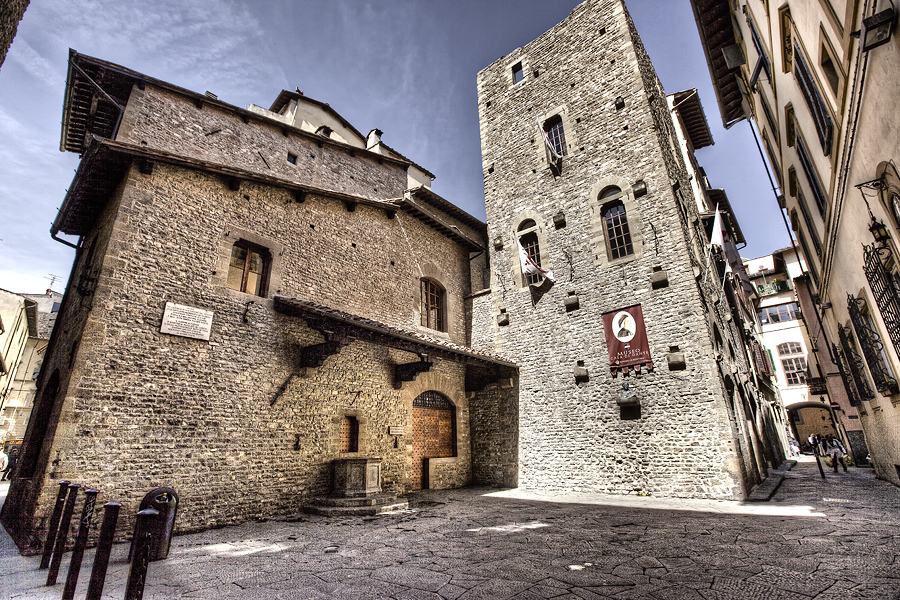
The Museo Casa di Dante is where the poet supposedly lived in Florence. Various objects connected to Dante and his family are on display. Just opposite the museum is the so-called chiesa di Dante, which would have been his parish church.
The Baptistery of San Giovanni

The Baptistery of San Giovanni, in Florence’s piazza del Duomo, is where Dante was baptised, and where later in life he saved an infant from drowning, as he tells us in the Inferno. The mosaics on the Baptistery ceiling must surely have influenced his vision of the afterlife, not least a three-headed demon, which bears an uncanny resemblance to Lucifer in Inferno 34.
Palazzo Vecchio

Dante was not around to see the first construction phase of the Palazzo Vecchio, but the museum in the Salone De' Cinquecento is home to his death mask, which gives a striking idea of what the poet looked like.
Basilica di Santa Croce

Another likeness of Dante can be seen outside the Basilica of Santa Croce, in the form of a statue made in 1865 by Enrico Pazzi. Inside the church, an empty tomb is dedicated to the poet, as if in hope that the city of Ravenna will one day return his remains to their home.
The Abbey of San Godenzo

The Abbey of San Godenzo lies on the Dante trail as it leaves Tuscany and enters Romagna. It is thought that Dante took refuge here on his path of exile. You can enjoy the beautiful Romanesque architecture of an abbey that bears a remarkable similarity to the church of San Miniato al Monte, which overlooks Florence.
The Casentino area
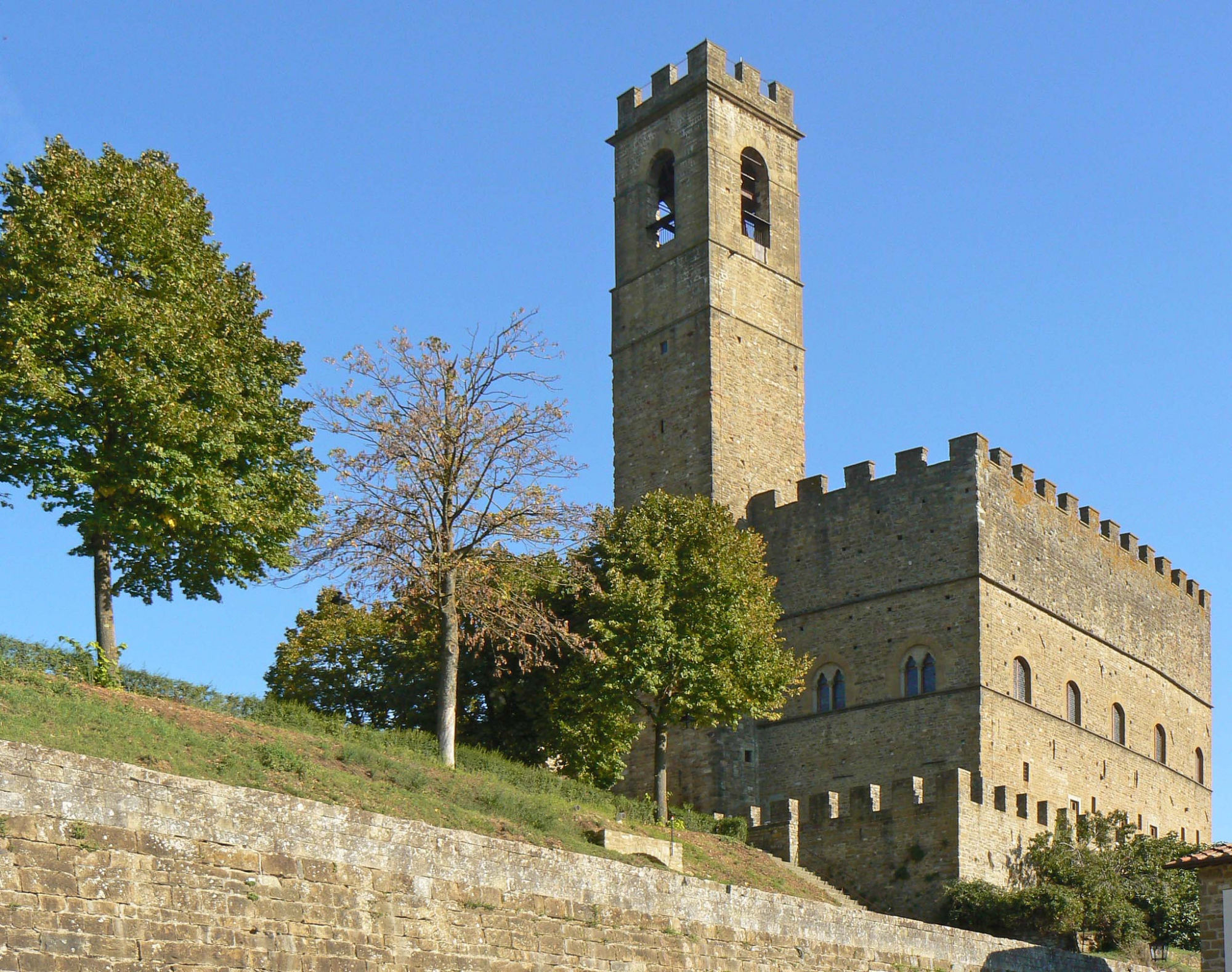
Casentino, the valley that borders Tuscany and Romagna, is rich in Dantean history. It was the scene of a battle between Florence and Arezzo, which took place on June 11, 1289 and in which Dante is believed to have fought in the Florentine cavalry. Also worth visiting is the Poppi Castle, where Dante stayed in 1311 as secretary to the wife of the Count Guido da Romenaf, lord of the manor. Romena Castle is another site of interest in the Casentino area. The only remains are a drawbridge, prisoners’ tower and patrol walkways, but it is fascinating to see this site in the landscape that so inspired the supreme poet.
Sasso Pisano and Monterotondo
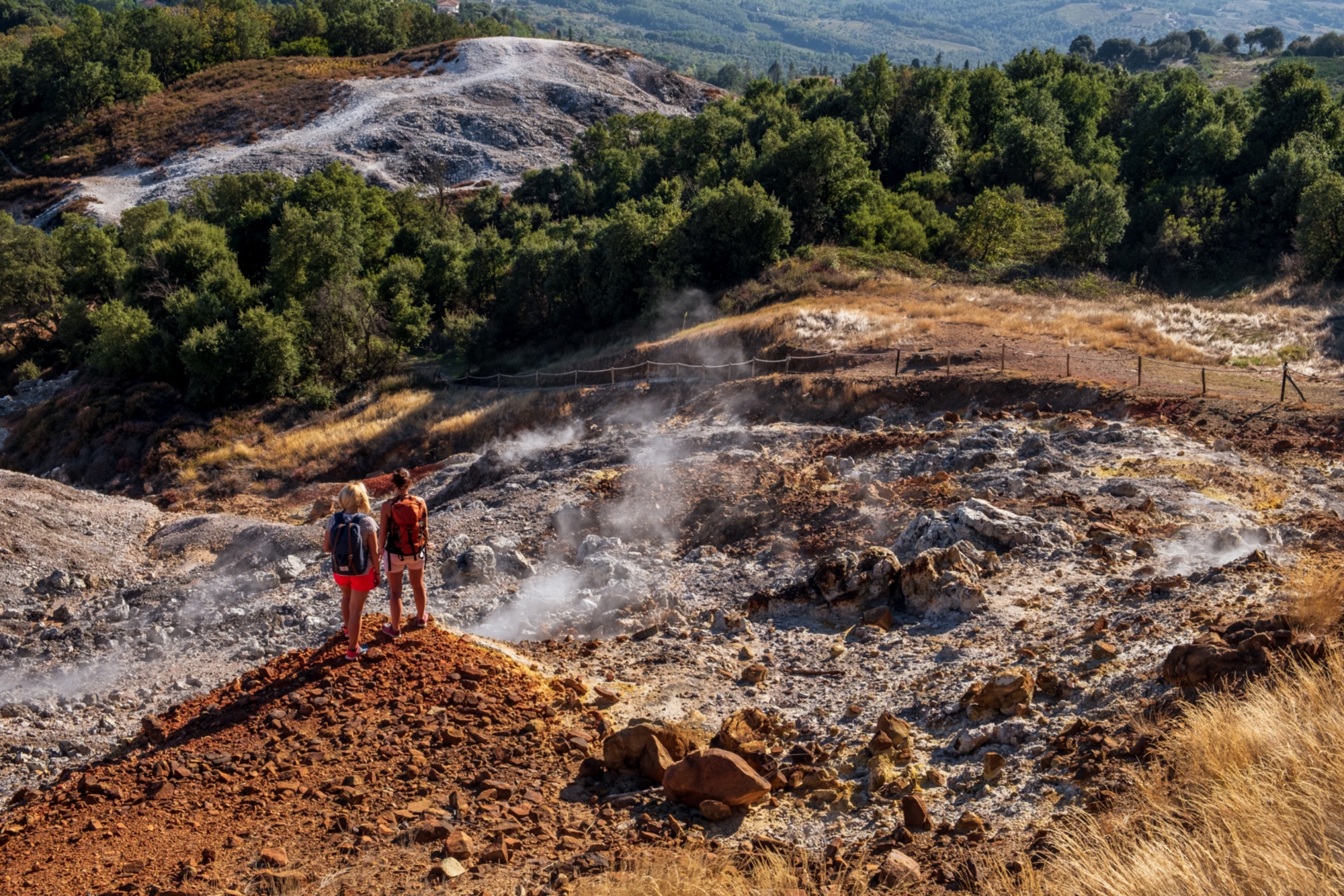
Sasso Pisano and Monterotondo, otherwise known as the Devil’s Valley, probably furnished Dante with inspiration for his topography of Hell. The sulphurous fumaroles of this eerie landscape must have impressed themselves on Dante’s imagination, especially for his seventh circle of the Inferno.
Monteroni d’Arbia

Monteroni d’Arbia, is connected to one of the most famous characters in The Divine Comedy, a noblewoman by the name of Pia de’ Tolomei. Her shade appears to Dante on the slopes of Purgatory, and readers have taken her to their hearts in spite of her tiny speaking part, which amounts to only seven lines. “Siena mi fè, disfecemi Maremma” (Siena made me, Maremma unmade me), she says, in her heart-wringing allusion to her murder at the hands of her husband.
Tresana

Tresana is home to the Giovagallo Castle, which was the residence of Moroello Malaspina. Moroello hosted the exiled Dante in 1306, probably in this very castle, and tradition considers him the dedicatee of Purgatorio, the second part of The Divine Comedy.
Capolona

Capolona proves just how well Dante knew the geography of his native Tuscany. A small town, it is named in Purgatorio XIV as the place where the River Arno “turns up its nose” at Arezzo, veering west so as to avoid the “botoli ringhiosi” (yapping curs) that live there.
Curiosities
Dante’s name exploded even during his lifetime, and his fame in Florence preceded him. Legend has it that he once heard a blacksmith quoting his verses, albeit with a few errors: Dante started breaking and bending the blacksmith’s tools, saying that words were his craft and that the blacksmith had damaged them.
When Dante died in 1321, it was thought that he had failed to complete the Divine Comedy. But then, according to Giovanni Boccaccio, his son Pietro saw him in a dream, telling him to look behind a piece of furniture. Pietro did so, and found the final thirteen cantos, the last of the poem.











